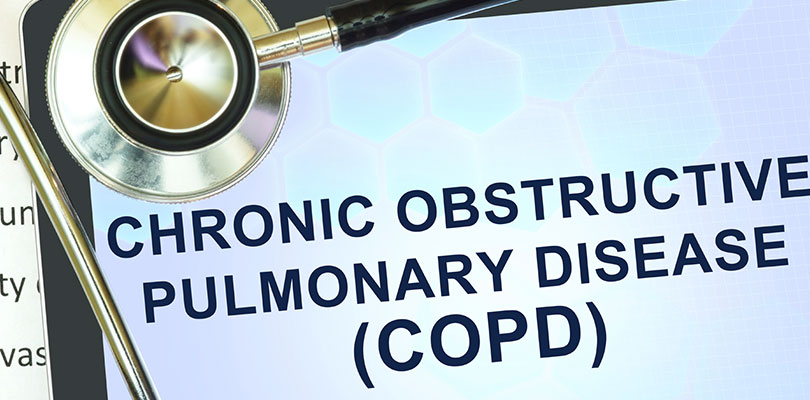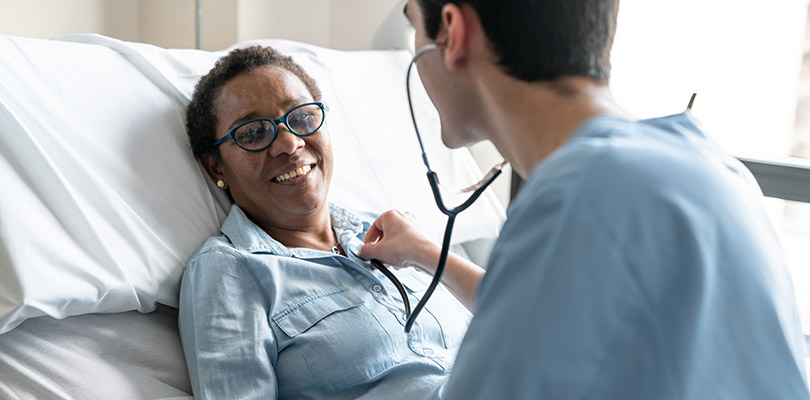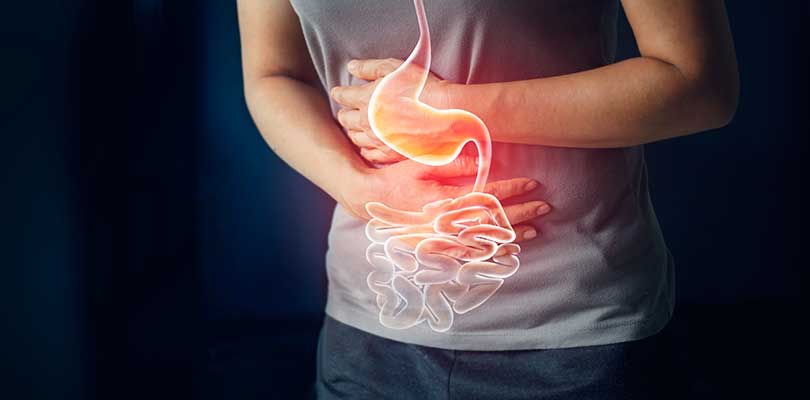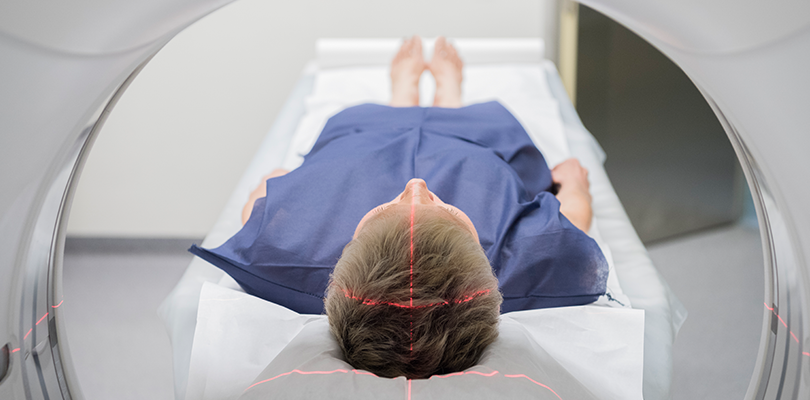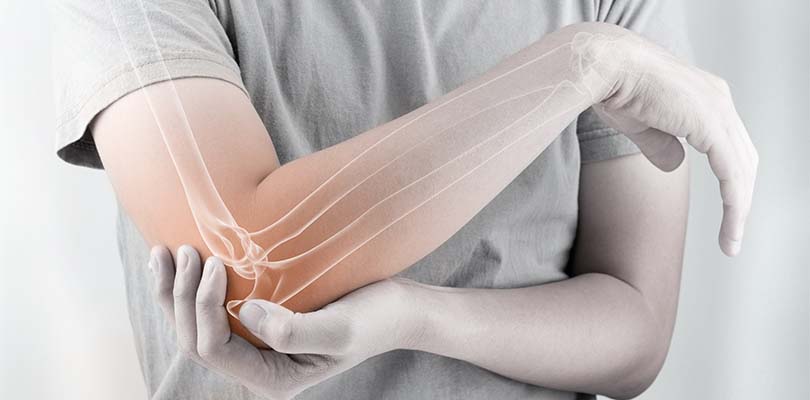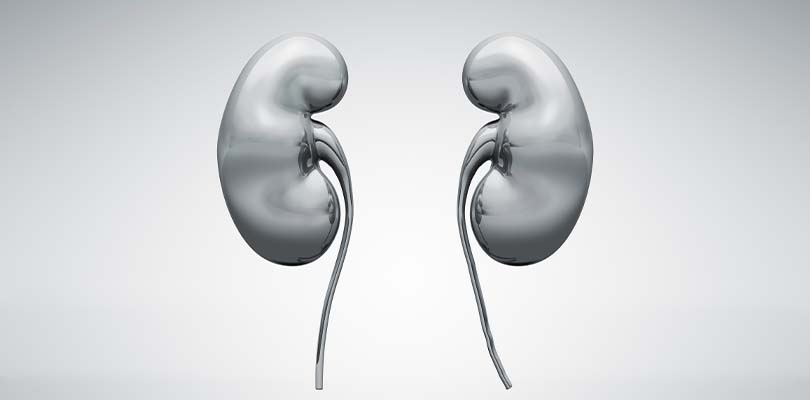Photo Credit: designer491 / iStockPhoto.com
Everything You Need to Know About COPD
If you asked the average person on the street what chronic obstructive pulmonary disease (COPD) is, many wouldn’t be able to tell you — yet this disease is the world’s third leading cause of death.
COPD Defined
COPD is a progressive lung disease that affects many people globally. In the United States alone there are over 12 million people diagnosed with COPD, and an estimated 12 million undiagnosed cases.
COPD is an umbrella term used to describe a number of lung conditions where a patient finds it difficult to empty their lungs, including emphysema, chronic bronchitis and bronchiectasis. Symptoms of COPD include including coughing, sputum or phlegm production, and constant shortness of breath.
Shortness of breath is the most difficult part of COPD to deal with as patients can often find themselves so out of breath they cannot walk or function normally. When left unmanaged, this symptom alone can cause a patient’s health to spiral out of control.
Emphysema is where the air sacs in the lungs (alveoli) are damaged and unable to exchange oxygen and carbon dioxide. The result is the old air, in the form of carbon dioxide, becomes trapped, which limits the amount of oxygen that can be inhaled. As the disease progresses, shortness of breath becomes worse and eventually patients require supplementary oxygen.
Chronic bronchitis occurs when bronchial tubes that carry air to your lungs become inflamed, obstructing air from moving in and out of the lungs and causing shortness of breath, wheezing, and tightness of the chest.
Bronchiectasis develops when infection or other conditions damage the walls of your airways. This damage prevents the airways from being able to clear mucus away effectively, resulting in a build-up that allows bacteria to thrive.
This creates an environment for serious lung infections that keep reoccurring. As the infections continue, so does the damage to the airways, eventually making it harder for air to move in and out of the lungs.
What Causes COPD?
The main causes of COPD are smoking (smoking yourself or being exposed to other people’s smoke) and exposure to air pollution (fumes, dust and toxic substances), particularly in the workplace.
Smoke and other pollutants pass through the lungs and find their way to the alveoli; as exposure continues, so does the damage. Most of the damage is in the form of stiffening of the alveoli, which inhibits the process of gas exchange and results in COPD.
Heart valve disease occurs when one or more heart valves don’t function properly. Learn about the causes, symptoms, and treatment here.
Genetics — mainly a deficiency of a protein called alpha-1 antitrypsin — and whether or not you have had asthma can also impact your chances of developing COPD.
Getting a Diagnosis
For an accurate COPD diagnosis, you should be referred to a respiratory specialist for a pulmonary function test (PFT). The information these tests provide include lung volumes, capacities, rates of flow and gas exchange. By examining the results, a respiratory specialist can correctly diagnose COPD, and determine its severity.
Blood testing is the only accurate way to confirm alpha-1 antitrypsin deficiency. As well as having a PFT, it’s a good idea to have exercise stress testing, as the results can help in the design of exercise programs that will help improve your quality of life.
Is There a Cure?
The problem patients have to deal with when diagnosed with COPD is that it's a progressive disease that has no cure.
Like many diseases, prevention is the best way to stop COPD and early detection is the best way to deal with its effects. Through public education from government and patient advocacy, people can be made aware of what causes COPD and how to stop becoming another statistic.
While underfunded researchers continue to search for a cure, the reality is that how a patient manages their COPD will have the greatest impact on their quality of life.
So What Happens Once I’m Diagnosed?
This depends on where you live and what resources you have available to you, as support for COPD patients is by no means uniform. However, a best practice scenario is a good place to start.
Armed with PFT results, a patient’s respiratory specialist can advise them on their medication options and explain how they work. Patients with severe COPD may require supplementary oxygen if their oxygen levels are consistently low and their specialist will be able to guide them with their requirements.
The next step is to ascertain whether pulmonary rehabilitation is required. This is an invaluable program for patients as it combines education on COPD and how exercise plays an important part in slowing its progression.
Regardless of the severity of a COPD diagnosis, patients can greatly improve their quality of life by ceasing bad habits (like smoking) and adopting healthy lifestyle changes.
Knowledge Is King!
Having a better understanding of COPD is important, whether you have the disease or not.
When you consider the number of people who have COPD, it's likely you will come in contact with a patient, quite possibly a relative or friend. Knowing what they have to deal with and how to help can only have a positive impact.
While the physical limitations of COPD are hard enough to deal with, many patients find the psychological side of COPD just as difficult. Outwardly, some patients can look fine and people would not know they have such a debilitating disease. It's not until you spend some time with patients, and watch their struggle to do what many regard as routine, that you start to really understand their plight.
There's no cure for COPD for now, but with knowledge, a positive frame of mind, and people committed to help out, you can improve your quality of life regardless of what stage of COPD you have. I’m living and breathing proof of that.
